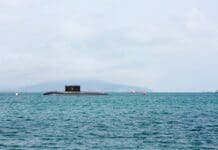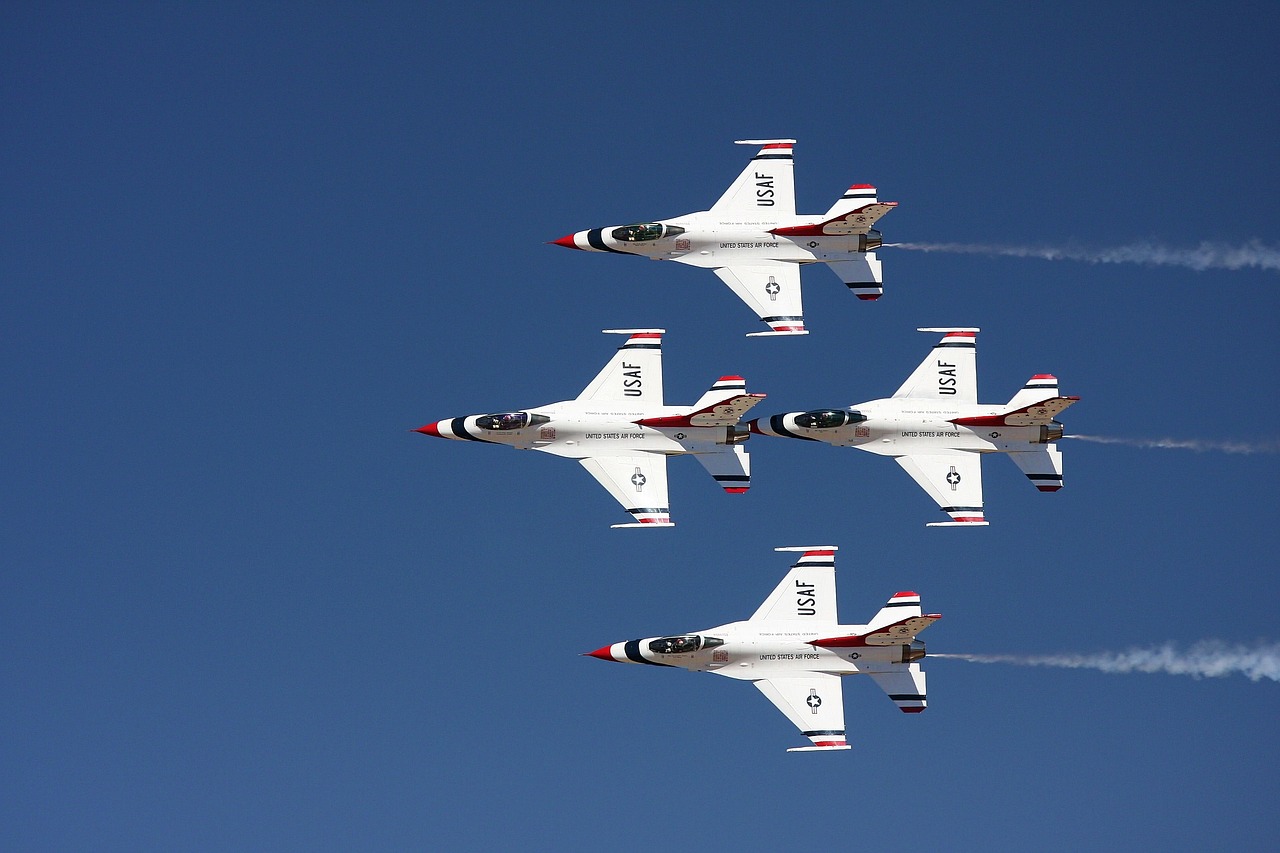This post is also available in:
 עברית (Hebrew)
עברית (Hebrew)
In a breakthrough that brings science fiction closer to reality, researchers in China have developed a laser-based imaging system capable of reading text just a few millimeters tall from a distance of 1.36 kilometers. The innovation represents a significant step forward in long-range visual sensing and could have wide-ranging implications across fields, including defense and intelligence.
Traditional long-distance viewing methods like telescopes often suffer from atmospheric distortion, which scatters light and blurs fine details. This new system circumvents those limitations using a technique known as active intensity interferometry. Rather than capturing a straightforward image, the technology analyzes how light reflected from a target fluctuates over time.
In the recent demonstration, scientists directed eight infrared lasers at a distant object bearing millimeter-sized text. Two telescopes positioned at different points then captured the reflected light. Instead of focusing on sharpness or zoom, the system measured subtle changes in light intensity. These variations were then processed using advanced algorithms, reconstructing high-resolution images of the target surface.
The result: the ability to resolve features nearly 14 times smaller than what a standard telescope could distinguish at the same range. For perspective, while traditional optics might pick up objects about 42 millimeters in size at that distance, the laser system clearly read characters as small as 3 millimeters, according to Interesting Engineering.
Despite its promise, the technology isn’t without limitations. It requires precise alignment of multiple lasers and telescopes, a clear line of sight, and active laser illumination of the target—factors that could complicate use in real-world, dynamic environments.
Still, the development marks a major leap in high-resolution remote imaging. Future enhancements, such as improved beam control and AI-driven reconstruction algorithms, are already underway. While not ready for all use cases just yet, the potential for this technology in fields requiring detailed long-distance observation is substantial.
The full study appears in Physical Review Letters.


























